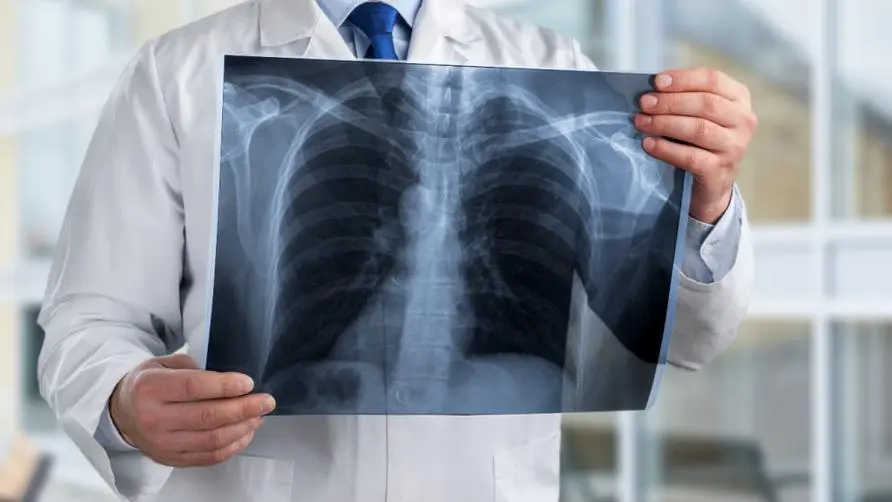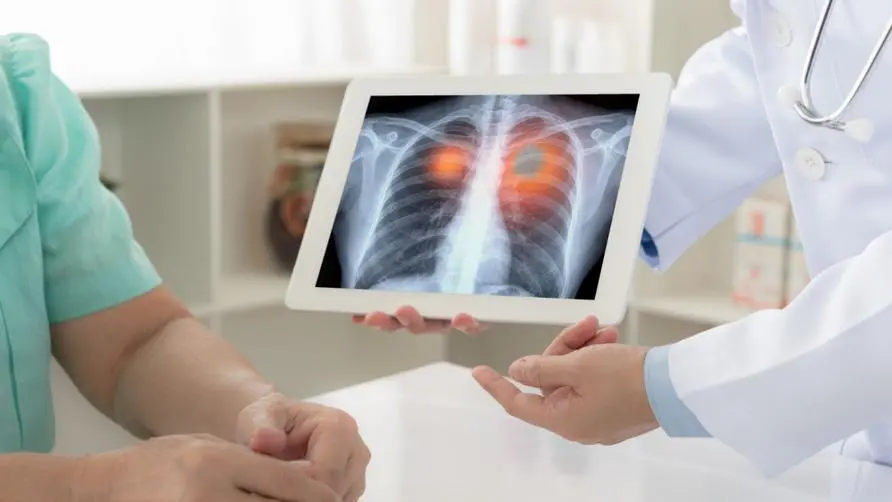Is pulmonary hypertension called a "cancer of the heart"? Doctors reveal 1 sign: Beware of the little green men who always cross the road

The three-year survival rate without treatment is less than 40%! What is “heart cancer” pulmonary hypertension?
After returning from her honeymoon trip to Japan, a 30-year-old young woman collapsed and was sent to the hospital shortly after returning to Taiwan. The doctor diagnosed her with “heart failure.” Further examination revealed that the culprit of the heart failure was “pulmonary hypertension.” Only then did we learn that the patient’s previous symptoms such as loss of appetite, edema in both feet, and abnormal wheezing were not signs of being too tired from accounting work or a kidney problem, but were warning signs of pulmonary hypertension.
Dr. Huang Weichun, director of the Pulmonary Hypertension Professional Treatment Center and Department of Critical Care Medicine at Kaohsiung Veterans General Hospital, pointed out that the blood pressure measured at home is generally the pressure of the blood flowing out from the left heart and impacting the blood vessel wall, while the pressure of the pulmonary artery where blood flows back to the right heart requires medical attention. Further examination. The average pulmonary artery pressure at rest for normal people is 14 mmHg (millimeters of mercury). Once it exceeds 20 mmHg, it is “pulmonary hypertension.”
Dr. Huang Weichun explained that when the pulmonary artery pressure is too high, the right ventricle that supplies blood flow to the pulmonary artery will contract harder. In the long term, the overload of the right ventricle will gradually expand, and the risk of heart failure and even sudden death will also increase. It should be noted that if pulmonary hypertension is not treated, the survival rate of patients three years after diagnosis is less than 40%, and the mortality rate is even higher than that of cancer, so it is also called “cancer of the heart.”
It takes 3.9 years from the onset of pulmonary hypertension to diagnosis! She discovered her symptoms after “she felt full after eating half a bento”
Dr. Huang Weichun pointed out that the lungs are where blood in the whole body carries out gas exchange. When the right side of the heart cannot effectively transport enough blood to the lungs for gas exchange, the patient is in a hypoxic state and is prone to fatigue, breathlessness, and difficulty breathing during exercise. Or symptoms such as poor exercise tolerance. However, because the disease is relatively rare and the symptoms are not unique to pulmonary hypertension, it is difficult even for doctors to diagnose it. Early foreign studies showed that it took an average of 3.9 years from the onset of symptoms to diagnosis.
Director Wu Yizhe of the Department of Pulmonary Hypertension Interventional Medicine of the Cardiovascular Center of Mackay Memorial Hospital shared that the above-mentioned 30-year-old female patient began to suffer from loss of appetite before her honeymoon. “I felt very full even after eating half a lunch box.” She also developed symptoms during the honeymoon. I was stuck on the road and was out of breath. After I returned to Taiwan, I even found that my legs were swollen from the soles of my feet all the way to my thighs, and even the blood vessels could not be seen. I was originally worried that there was a kidney problem, so I went to the clinic for a blood test, but I fainted while waiting to get the report. When I woke up, I was already in the hospital emergency room.
Nearly half of patients are related to autoimmune diseases? Doctors reveal potential risk factors for pulmonary hypertension
Dr. Huang Weichun pointed out that pulmonary arterial hypertension has various causes. In addition to primary pulmonary arterial hypertension caused by unknown causes, some pulmonary arterial hypertension is secondary to other diseases, including autoimmune diseases, congenital heart disease, AIDS, cirrhosis, etc. In addition, improper use of certain drugs or poisons may also cause pulmonary hypertension.
Dr. Wu Yizhe further stated that nearly half of the pulmonary hypertension special clinic at Mackay Hospital are patients with autoimmune diseases. Previously, there was a 45-year-old female patient with lupus erythematosus. When she first noticed abnormalities, she would feel a little breathless even if she walked quickly to answer the phone. At that time, I felt vaguely that there was something wrong with my health. Later, I couldn’t stand even climbing half a floor of stairs and even had chest pain. After a medical examination, I was diagnosed with lupus erythematosus complicated by “pulmonary hypertension.”
Dr. Wu Yizhe pointed out that pulmonary hypertension, like hypertension and diabetes, is a controllable chronic disease as long as it is diagnosed early and receives immediate interventional treatment. However, patients with pulmonary arterial hypertension also need to pay special attention to regular risk assessment. Doctors will adjust medications according to the patient’s status, with the goal of keeping the patient in a “green light”, that is, a low-risk state, which not only maintains the quality of life, but also reduces the risk of death.
In terms of treatment, some patients mistakenly believe that multiple drugs are needed at one time only when the condition becomes serious. However, combined treatment of pulmonary hypertension has become an international trend in recent years. Taking the new treatment guidelines as an example, doctors will decide from the beginning based on the risk status of the patient at the time of diagnosis. Combine 2 to 3 drug treatments. Once the response to treatment is poor or the condition worsens during treatment, the medication will be further increased or changed.
Do you always “lose the little green men” when you cross the road? Beware of cardiopulmonary hypertension with “5 symptoms”
How to assess the risk status of patients with pulmonary arterial hypertension? Dr. Wu Yizhe pointed out that it can generally be assessed from three major aspects, including “patient symptoms”, “exercise tolerance” and “right heart function”. Among them, exercise tolerance is often measured by the “6-minute walk test”. If the patient cannot complete a 440-meter walking distance within 6 minutes (about the length of a standard sports field peripheral track), the patient is at medium or high risk. Data show that patients in red-light areas (high-risk status) have a risk of death within one year that is four times higher than patients in green-light status.
In daily life, you can also use the little green man traffic signal to monitor your cardiopulmonary health. Dr. Huang Weichun pointed out that literature reports show that normal people walk at a speed of more than 1.2 meters per second. When the government sets up traffic signals, in order to prevent people from getting stuck when crossing the road, it will be based on the width of the road, based on 0.8 meters per second. Calculate the number of seconds the little green man flashes at a walking speed of 1 meter to ensure that it is enough for ordinary pedestrians to cross the road.
The Pulmonary Hypertension Care Association of Taiwan appeals to the public that if you have a family history of hereditary disease, or are patients with autoimmune diseases, or have long-term unexplained shortness of breath during activities, if you have inexplicable “wheezing (difficulty breathing), coughing (coughing), blood (coughing)” “Hematuria”, swelling (edema of lower limbs), and dizziness (syncope or dizziness)" are the five major symptoms, or if the exercise tolerance is significantly reduced and “lost little green men” crossing the road, you should actively seek medical treatment from a cardiac specialist.
Further reading:





